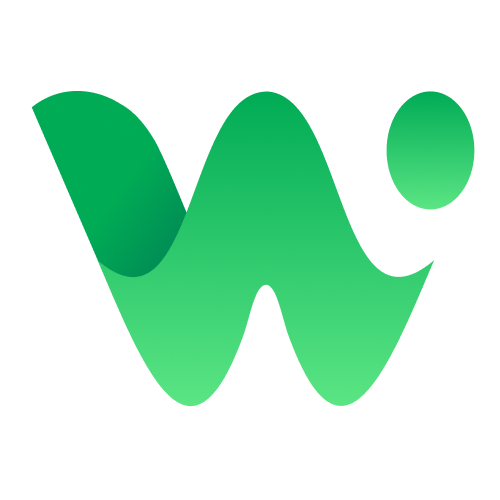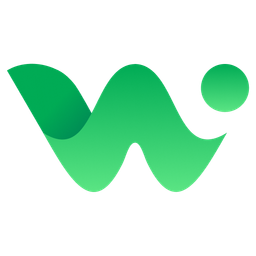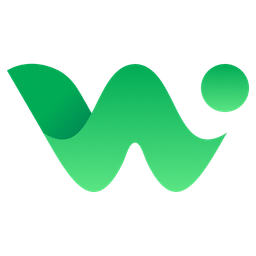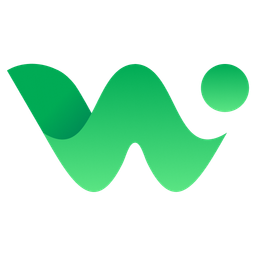WhatsApp API for Business: Drive Growth with Automation
Discover how WhatsApp API transforms business communication—automate campaigns, personalize support, and grow sales at scale. With WhatsEra, integration is effortless for any brand aiming to stand out and connect with customers where it matters most.
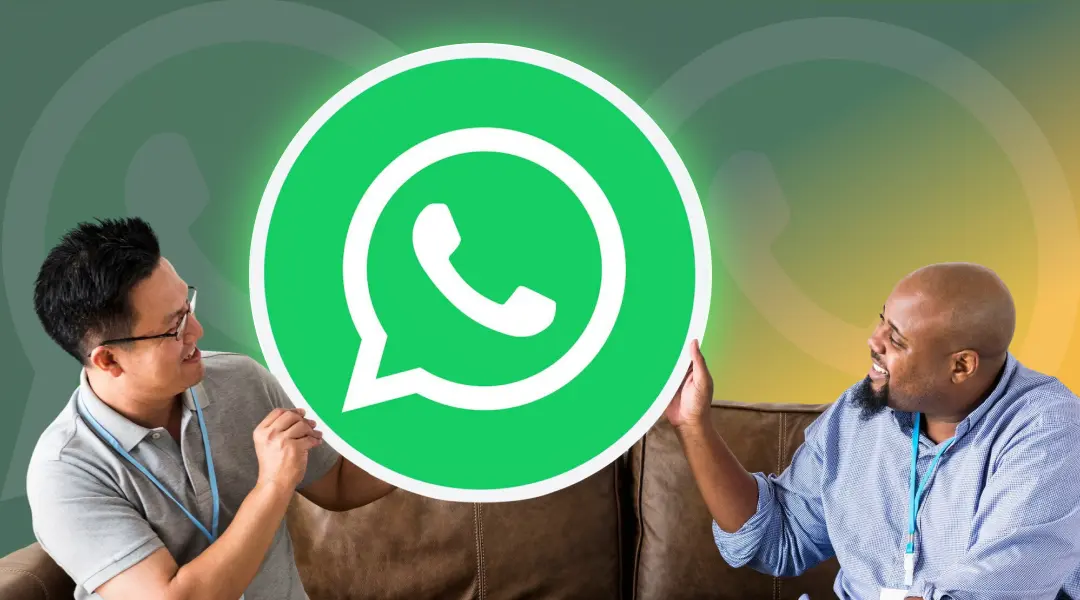
Introduction: Your Gateway to Next-Level Customer Engagement
In today's fast-paced digital world, connecting with your customers where they are most active is crucial. With over 2 billion users globally, WhatsApp has emerged as an indispensable communication channel. But beyond personal chats, imagine leveraging WhatsApp to automate your marketing, streamline customer support, and drive conversions at scale. This isn't just a dream – it's a reality with the WhatsApp API.
“With over 3 billion monthly active users, WhatsApp is the world’s most used messaging app for both personal and business communication.”
Source: WhatsApp 3 billion users: Economic Times
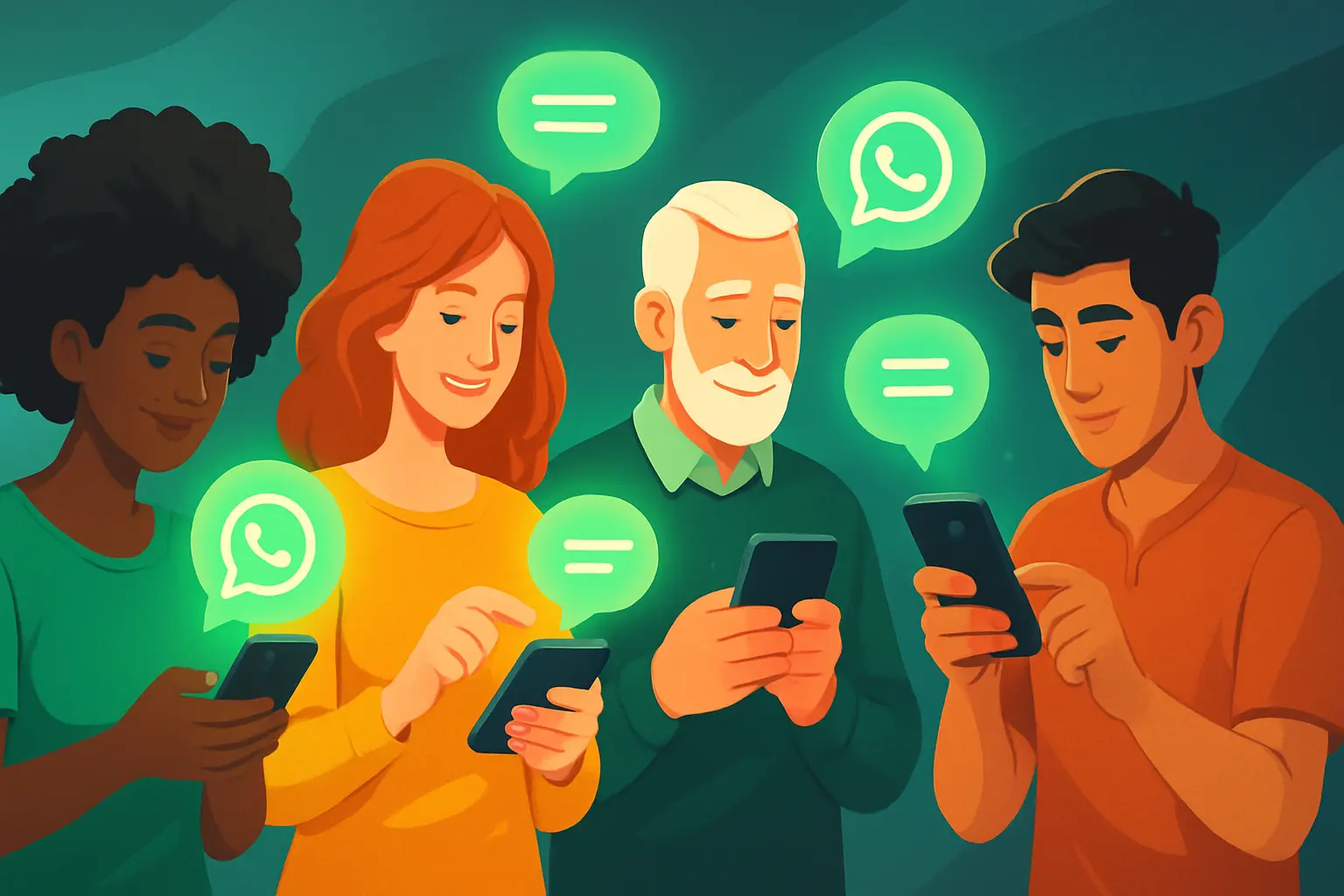
If you've heard about the WhatsApp API but are unsure how it can transform your business communication, you're in the right place. At WhatsEra, we empower businesses like yours to maximize their outreach through smart automation. In this comprehensive guide, we'll dive deep into what the WhatsApp API is, how it differs from the standard WhatsApp Business App, its powerful features, pricing models, key use cases, and how you can seamlessly integrate it into your marketing strategy to unlock unprecedented growth.
What is the WhatsApp API and How Does It Differ?
As your business grows, managing customer interactions, queries, and orders efficiently becomes a challenge. This is where the WhatsApp Business API comes into play. Developed by Meta, the WhatsApp Business API is a powerful tool designed for medium to large businesses to engage with customers at scale, automate communication, and integrate messaging directly into their existing systems.
What is WhatsApp Business API?
The WhatsApp Business API allows your business to connect WhatsApp messaging with your backend applications such as CRM systems, marketing automation platforms, and e-commerce solutions. This integration makes it possible to send automated notifications, personalized messages, and handle large volumes of conversations without manual effort.
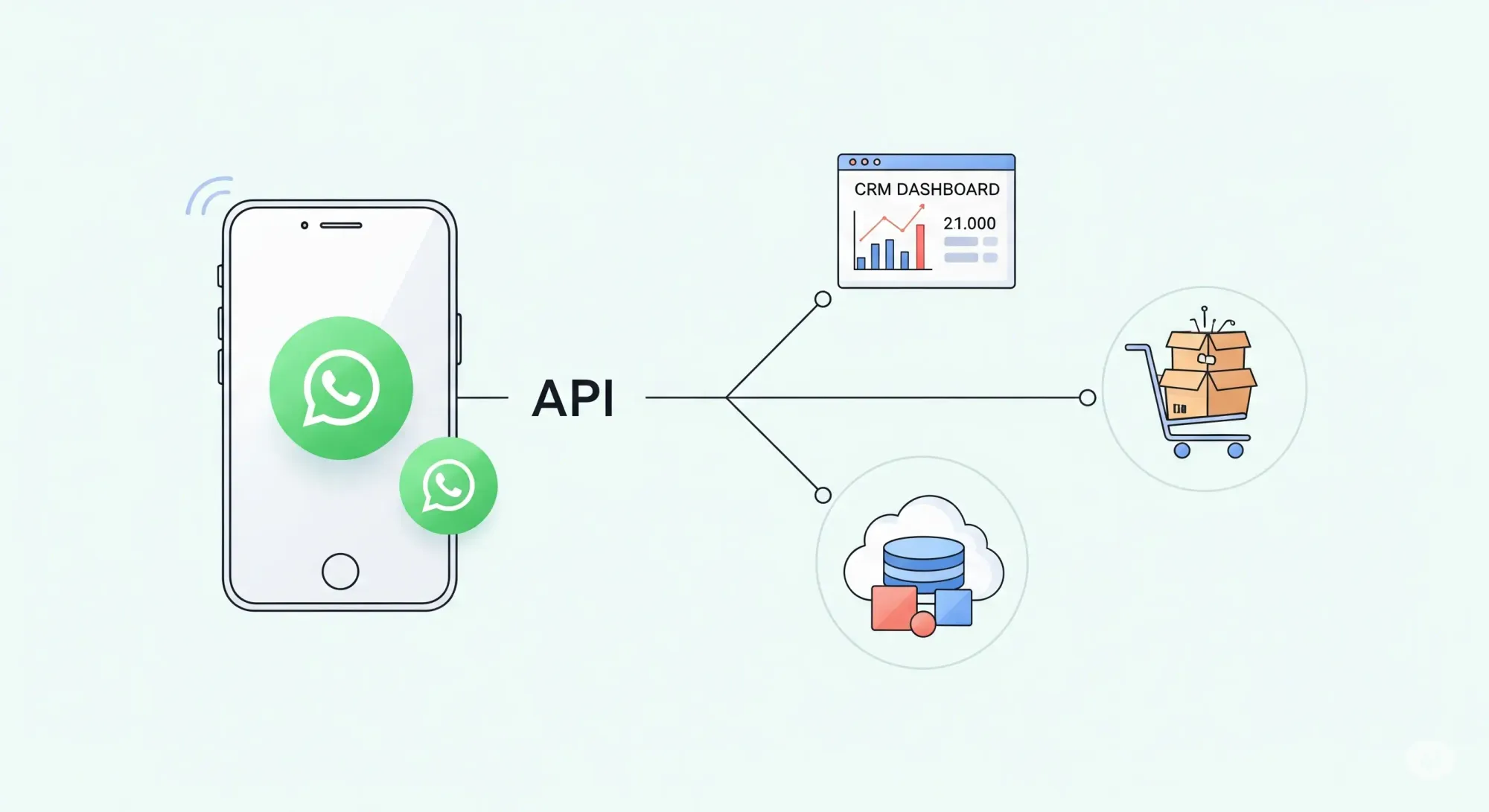
Unlike the standard WhatsApp apps, the API is a backend service that supports:
- Automated and high-volume messaging
- Personalized customer communication
- Integration with existing business workflows and tools
WhatsApp Business API vs. WhatsApp Business App: Know the Difference
Many businesses begin with the free WhatsApp Business App, which is suitable for small businesses with low messaging needs and simple manual communication. However, it has limitations when it comes to automation, scalability, and integration.
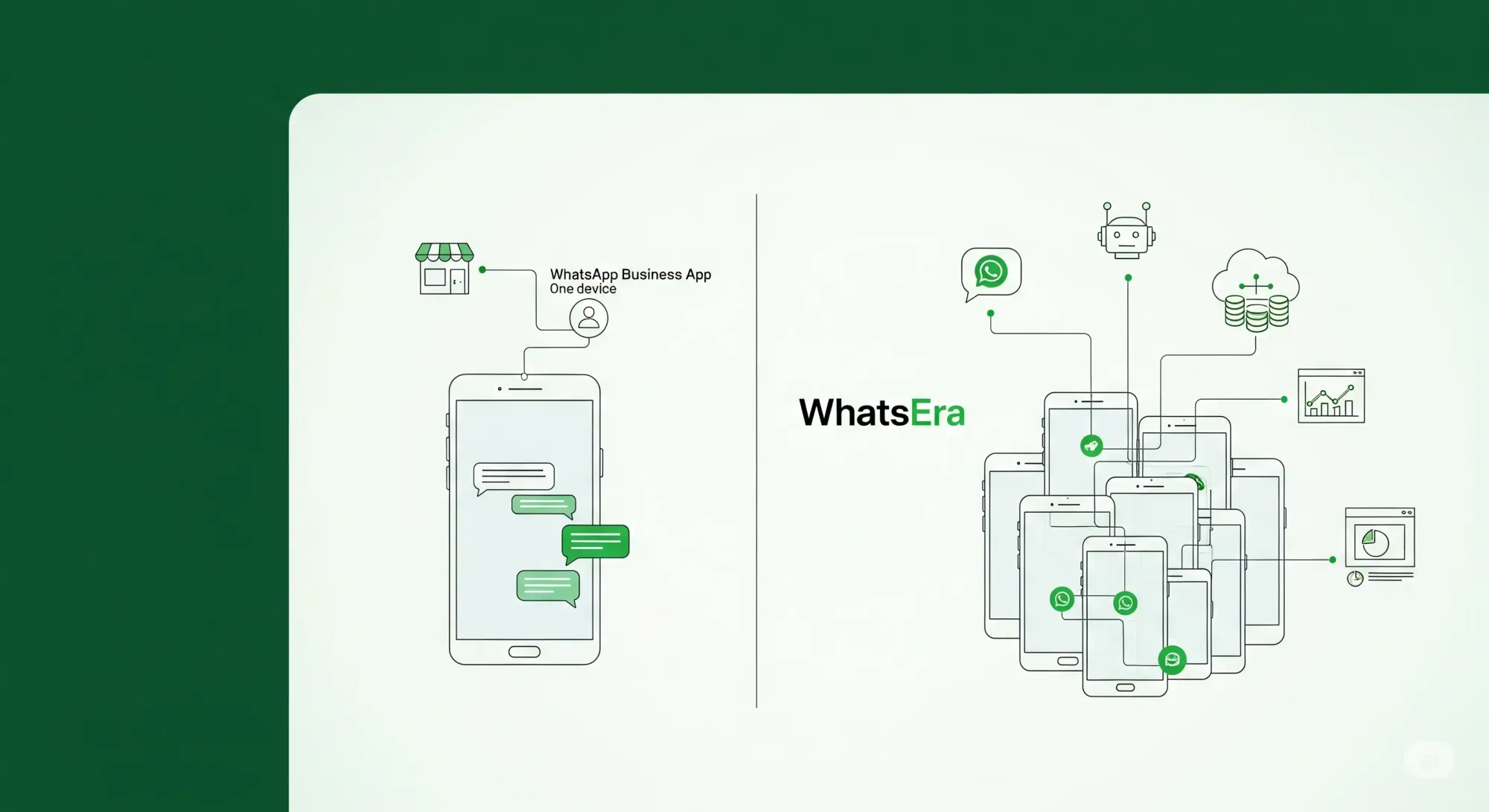
Below is a comparison to help you understand which option fits your business requirements:
Feature |
WhatsApp Business App |
WhatsApp Business API |
|---|---|---|
Target Audience |
Small businesses, |
Medium to large |
Messaging Volume |
Low volume, mostly |
High volume, automated |
Automation Capabilities |
Limited (quick replies, |
Extensive (chatbots, |
Integration with Systems |
None – standalone |
Connects with CRM, |
Multi-Agent Support |
No or very limited |
Yes, multiple agents |
Cost |
Free |
Paid — based on |
Official Verification |
Blue Tick via Meta |
Blue Tick verification |
What Does This Mean For Your Business?
- If you are a small business owner replying to customers yourself, the WhatsApp Business App is likely enough.
- If you need to send automated updates like order confirmation, use chatbots for support, or communicate with thousands of customers daily, the WhatsApp Business API is the better choice.
With the API, your team can efficiently manage many conversations simultaneously, automate replies, and seamlessly integrate WhatsApp communication into your existing business systems — all while maintaining a personal, timely connection with customers.
Key Benefits of Using WhatsApp API for Businesses
Adopting the WhatsApp API can transform how your company connects with customers and manages communications. Here’s why it’s such a game changer:
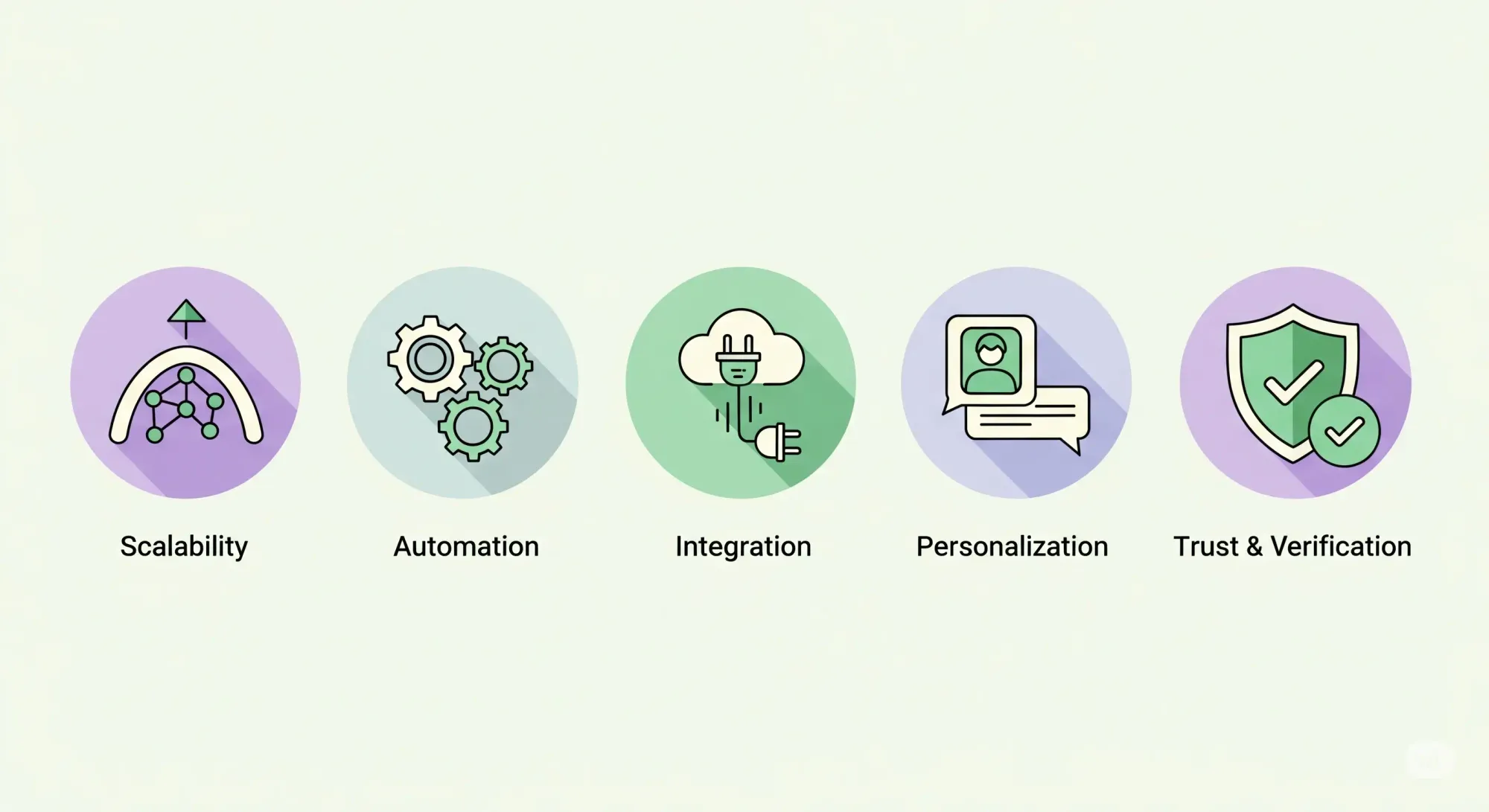
- Designed for Scale: No matter how big your customer base gets, WhatsApp API lets you handle huge volumes effortlessly. Want to send thousands or even millions of messages in a marketing campaign or send timely notifications to all your users? With the API, you can do it all automatically—no more manual, repetitive work.
- Automation That Frees Up Your Team: Tired of answering the same questions over and over again? Chatbots built on WhatsApp handle instant replies, qualify new leads, send reminders, and resolve common issues—all before a human agent even needs to step in. This means your team can focus on complex tasks while everyday queries are managed in the background.
- Integrates with Your Favorite Tools: WhatsApp API isn’t just another inbox. You can link it directly to your CRM, ERP, e-commerce store, or marketing platforms. Every customer chat, order update, or support ticket is automatically connected to the right system, so nothing falls through the cracks and you see a complete picture of your customers.
- More Personal Connections, Happier Customers: Customers love fast, tailored responses. The API lets you send personalized offers, order updates, and support messages, all based on real customer data. When people feel recognized, they respond—building loyalty and boosting satisfaction.
- Build Instant Trust with Blue Tick Verification: When customers see the Blue Tick next to your business name on WhatsApp, they instantly know you’re the real deal. This small symbol goes a long way in reassuring users and making your messages stand out in their inbox.
“Over 175 million people message a business account on WhatsApp every day.”
Link: Official Meta Business Blog
WhatsApp API Message Types and Marketing Automation Features
When your business uses WhatsApp API to communicate with customers, you can send many different kinds of messages designed to engage, inform, and serve. This section explains these message types, template options, and message flow so you can effectively use WhatsApp for marketing and support.
Types of Messages You Can Send
a. Standard Text Messages :These are simple text-only messages used for quick and direct conversations with customers.
b. Media Messages: You can send images, videos, documents (PDFs, presentations), contacts, or location details. This helps provide richer, clearer information.
c. Interactive Messages: These make it easier for customers to respond or choose options.
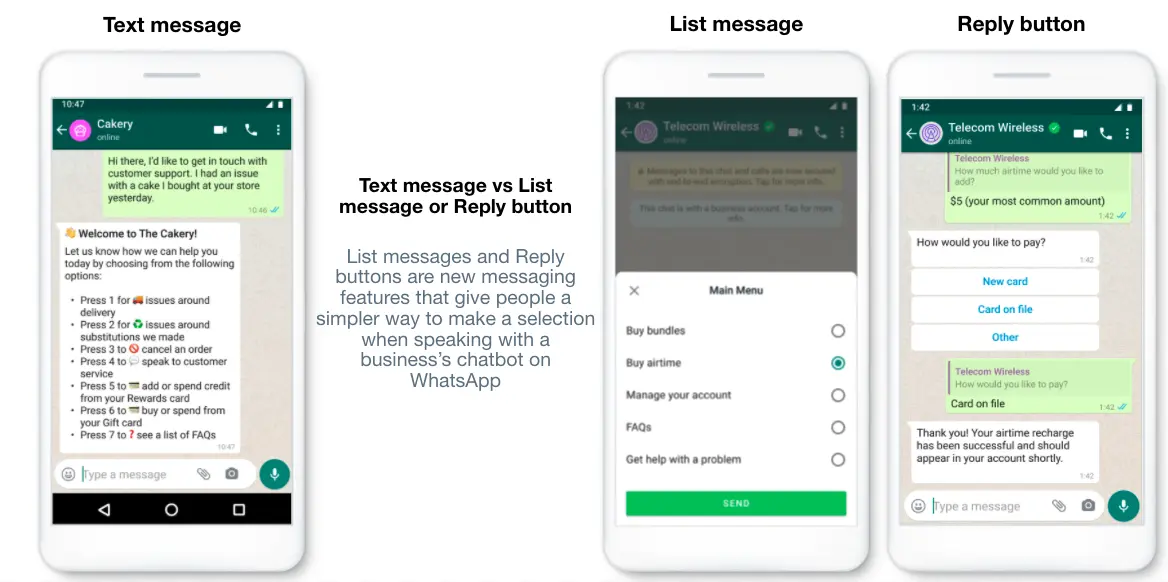
- Reply Buttons: Up to 3 buttons with quick response options like "Yes," "Tell me more," or "No, thanks." This speeds up customer replies.
- List Messages: Up to 10 clickable options displayed as a list. Useful for menus, product catalogs, FAQs, etc.
Message Templates (HSMs) vs. Session Messages: How They Work
WhatsApp separates business messages into two main types to ensure good user experience and reduce spam:
a. Message Templates (Highly Structured Messages - HSMs)
- Pre-approved message formats used to send proactive notifications or updates to customers who have not recently messaged you.
- Examples: Order confirmations, shipping updates, appointment reminders, payment alerts, OTP codes.
- These templates need Meta's approval before use.
- You must use templates when reaching out proactively, i.e., outside the customer’s initiated session.
b. Session Messages
- Free-form messages sent after a customer has initiated contact.
- Once a customer sends a message, a 24-hour "session" starts, during which you can freely reply with any message type—text, media, buttons—without templates.
- Ideal for handling customer support, answering queries, or troubleshooting.
- This session encourages timely responses to keep conversations relevant.
WhatsApp API Template Types and Categories
Meta organizes templates into three categories, each serving different business needs:
Category |
Purpose |
Template Types Available |
|---|---|---|
Marketing |
Promotions, product showcases, |
LTO (Limited-Time Offer), Carousel, |
Utility |
Transaction updates, support |
Custom Utility, Flow, |
Authentication |
Secure logins and |
OTP (One-Time Password) |
Detailed explanations:
Marketing Templates
- LTO (Limited-Time Offer)
For time-sensitive deals like flash sales or expiring coupons. These include countdown timers, “Copy Code” buttons, and can contain images or videos. - Carousel
Swipeable cards (up to 10), each with an image or video, text, and buttons. Useful for product showcases or service highlights. - Catalogue
Users can browse a full catalog of your products directly within WhatsApp, and order items via buttons. - Order Message for Payment
Sends an interactive order summary allowing users to review and pay within the chat. - Flow
Interactive "mini-apps" inside WhatsApp guiding users through multi-step processes — booking appointments, surveys, feedback forms — all without leaving the chat. - Calling Permissions
Templates to request users’ permission to make WhatsApp voice calls, helping you comply with privacy laws. - Custom Templates
Flexible templates with tailored content — media, buttons, dynamic data — fitting unique promotional campaigns.
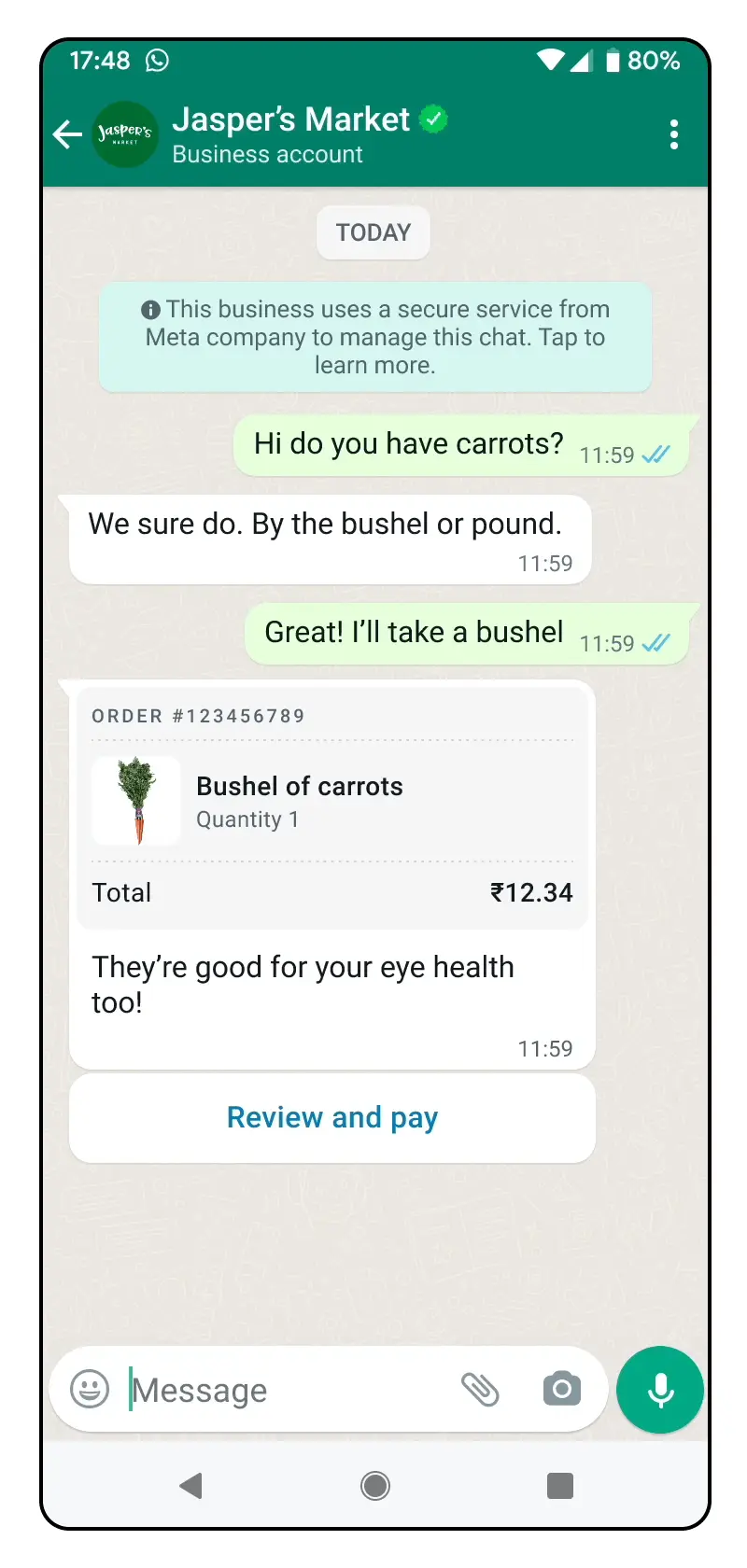
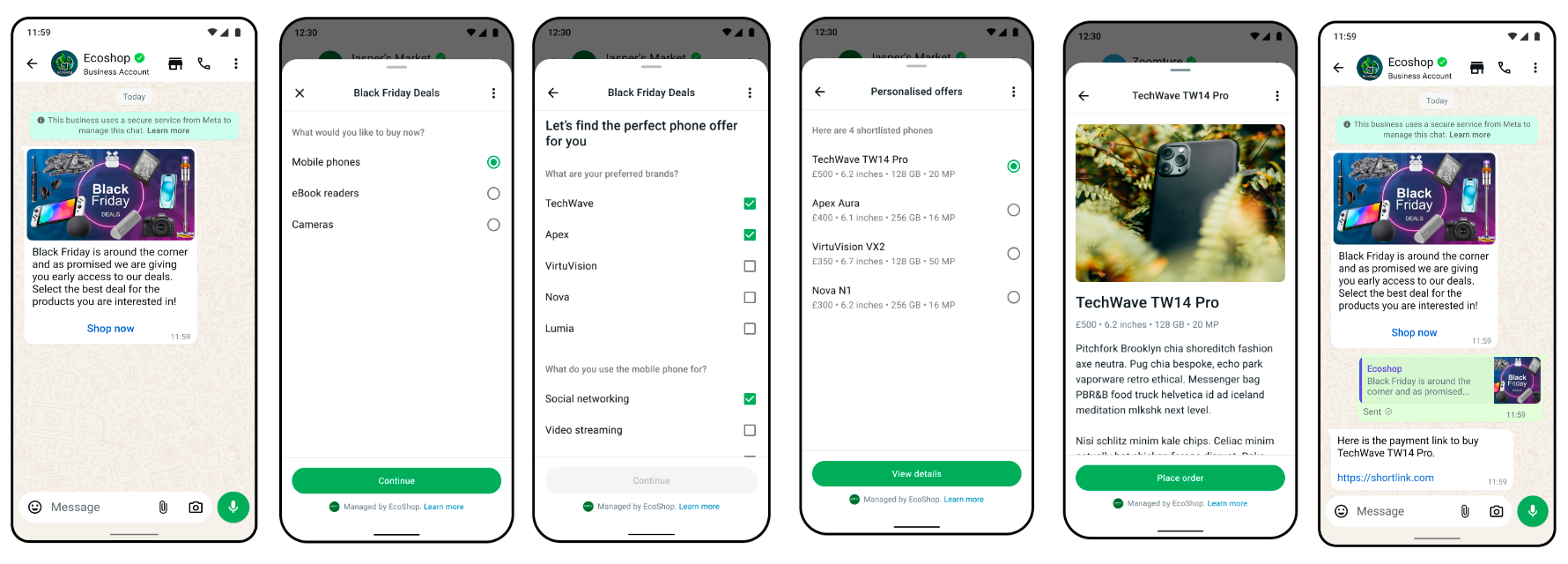
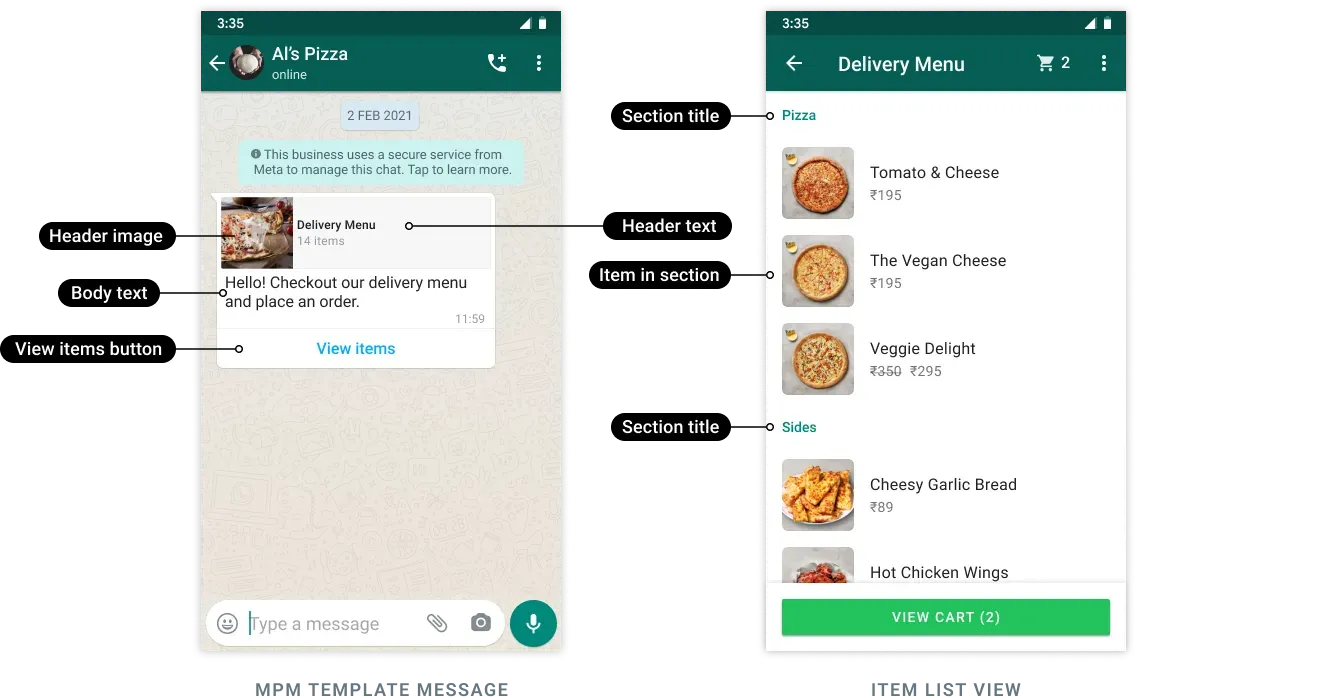
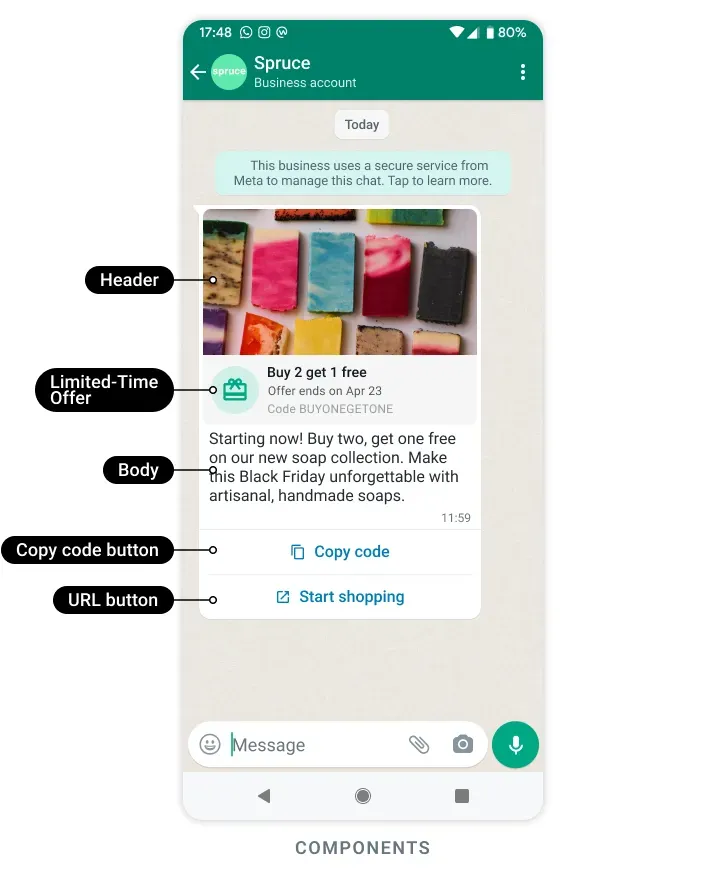

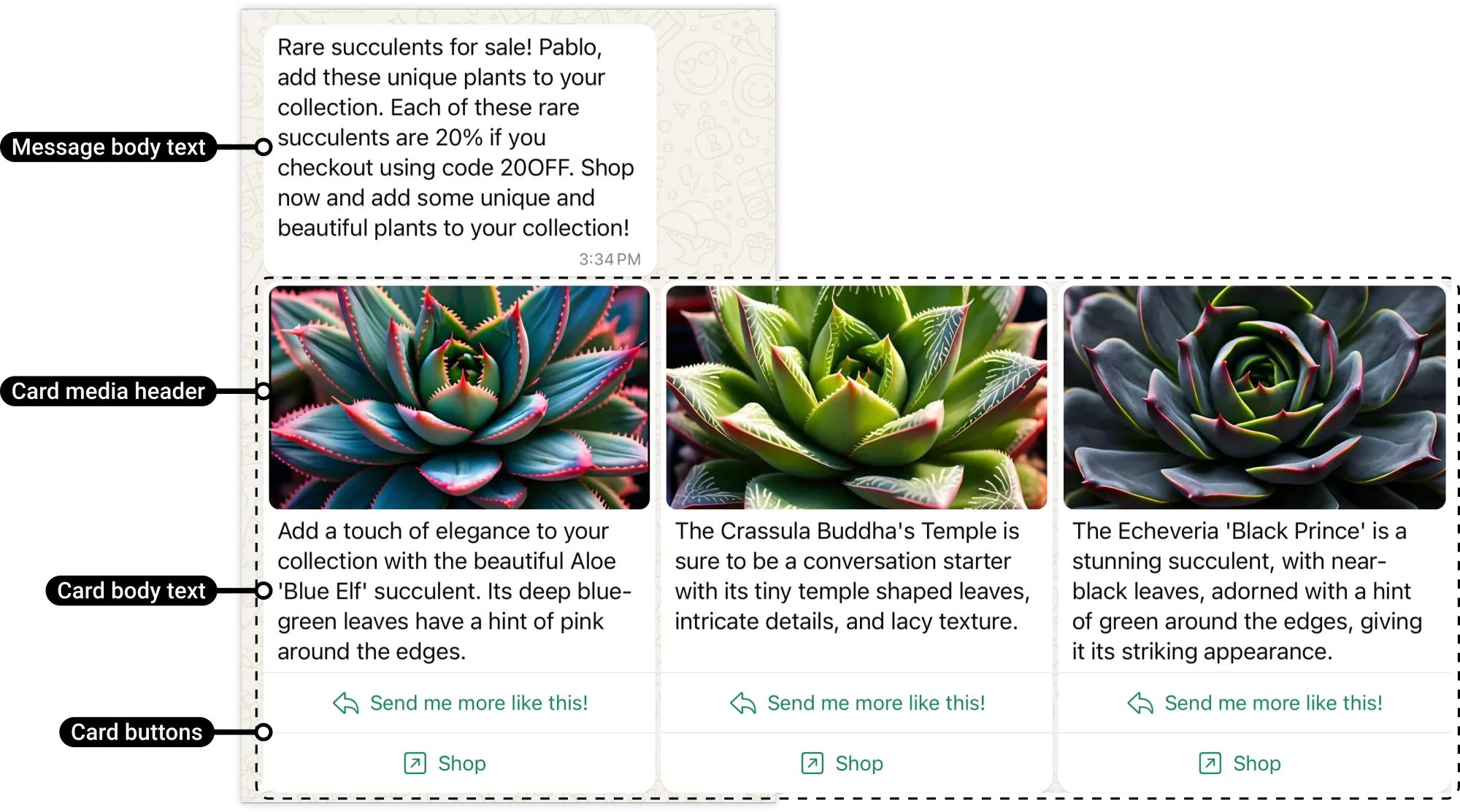
Type of Marketing Templates - Source: Meta
Utility Templates
- Custom Utility
Non-promotional, transactional messages — order updates, refunds, appointment changes. - Flow
Forms or self-service processes like surveys or service requests inside WhatsApp. - Calling Permissions
Asking for permission before customer support calls.
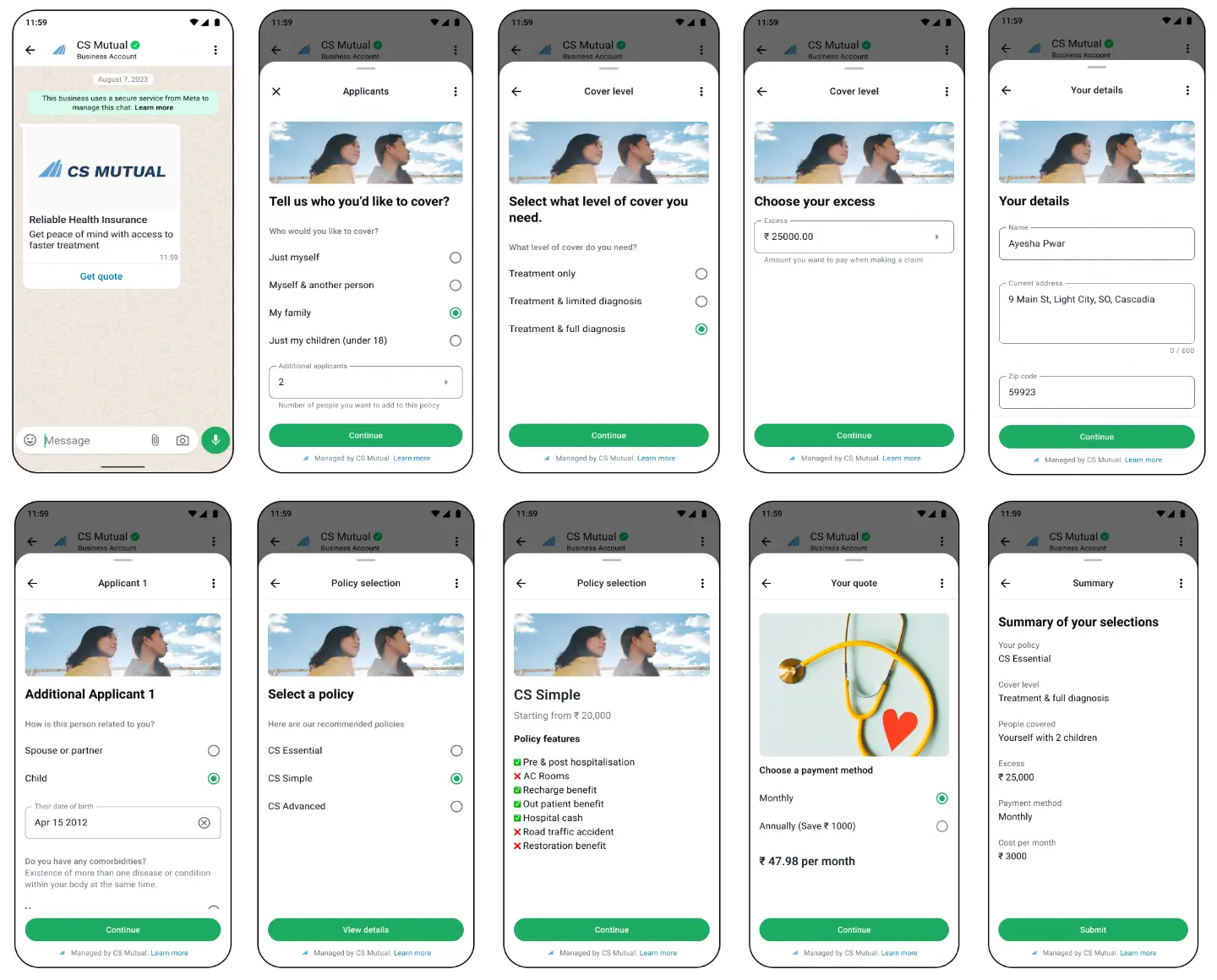
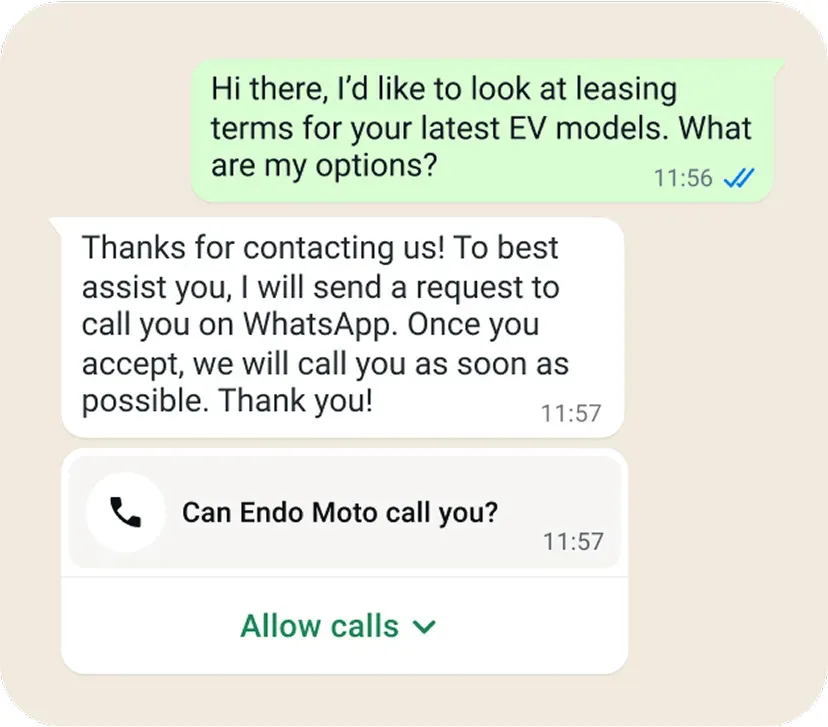

Type of Utility templates- Source : Meta
Authentication Templates
- OTP Templates
One-time passcodes for login or secure verification. Usually text-only to ensure clarity and security.
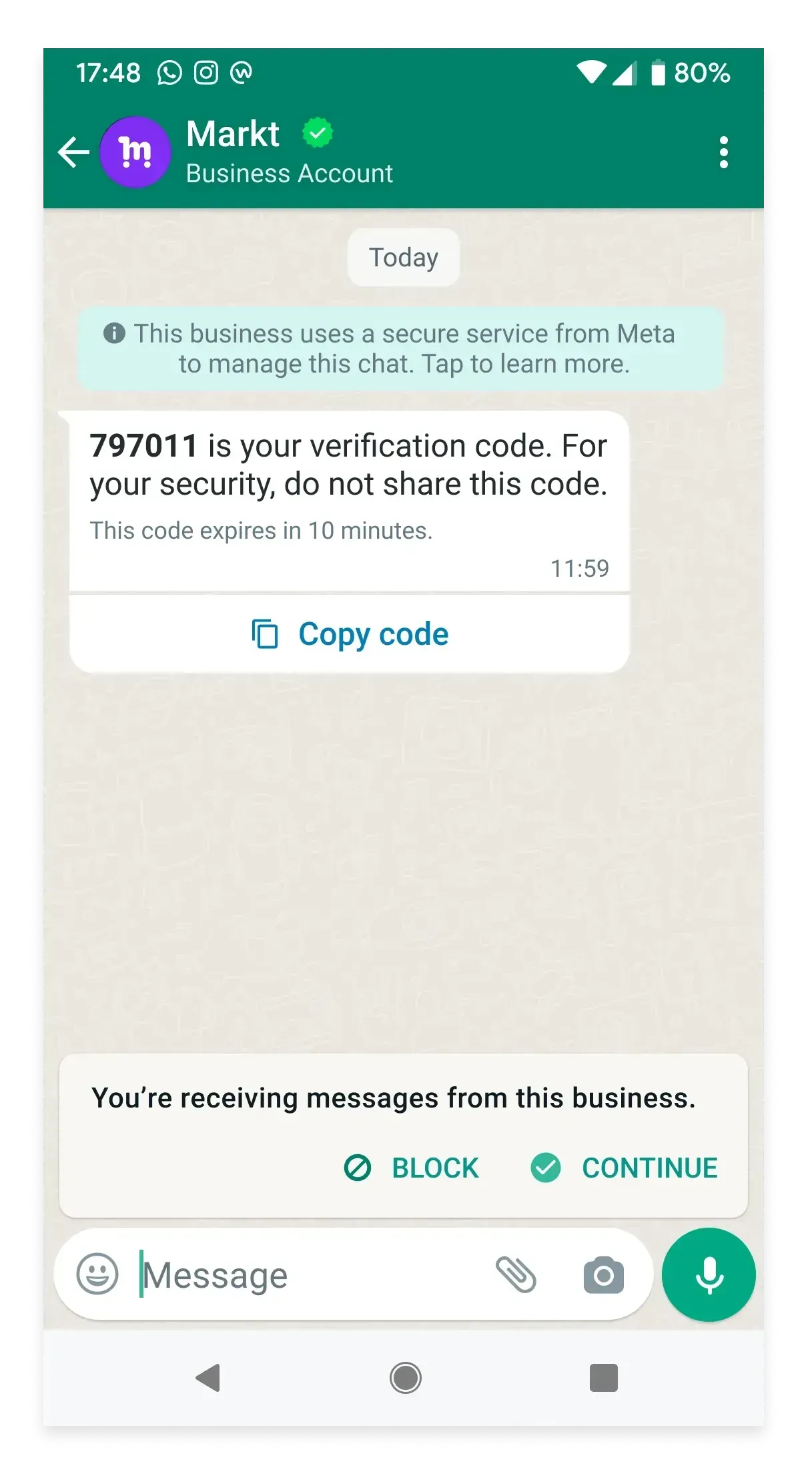
Core Marketing Automation Features of WhatsApp API
- Rich Message Support:
Go beyond basic texts by using media, interactive buttons, and list messages to create engaging, relevant conversations. - Interactive Messages:
Use reply buttons and list messages to simplify customer interactions and speed up responses. - Message Templates (HSMs):
Essential for proactive business messages like promotions and alerts, requiring Meta approval to maintain quality. - Session Messages:
Allows free-form back-and-forth communication during the 24-hour window after customer contact, perfect for support and customer service. - Flows:
Interactive journeys inside WhatsApp chat that guide customers through forms, bookings, or product selection – transforming chats into helpful mini-app experiences. - Calling Permissions:
Helps your business request and receive user consent to make WhatsApp voice calls, important for trust and compliance.
Summary Table: WhatsApp API Message Types & Features
Feature |
Description |
Template |
Use |
|---|---|---|---|
Standard Text |
Plain text |
No (within |
Quick |
Media |
Images, videos, |
No (within |
Richer info |
Reply |
Up to 3 quick |
No (within |
Yes/no |
List |
Up to 10 options |
No (within |
Menus, catalogs, |
Message |
Pre-approved |
Yes |
Order updates, |
LTO |
Time-limited |
Yes |
Flash sales, |
Carousel |
Swipeable cards |
Yes |
Product |
Catalogue |
Full product |
Yes |
Shopping |
Order |
Interactive order |
Yes |
E-commerce |
Flow |
Multi-step |
Yes |
Bookings, |
Calling |
Ask user |
Yes |
Support/sales |
OTP |
Verification and |
Yes |
Secure |
If you want to build rich, interactive communication with your customers on WhatsApp, choosing the right message type and template is key. The message flow model with templates and session messages ensures compliance while maximizing engagement and cost efficiency.
For personalized support on building WhatsApp messaging flows using these templates, and to leverage WhatsEra’s tools such as chatbot automation and flow builders, you can reach out to the WhatsEra team.
Automated Chatbots and AI Integration
One of the most powerful aspects of the WhatsApp API is its ability to integrate with AI-powered chatbots.
- 24/7 Customer Support: Chatbots can handle common queries, provide instant answers, and guide users through processes around the clock, improving customer satisfaction and reducing response times.
- Lead Qualification and Nurturing: Automate the initial stages of your sales funnel by asking qualifying questions, collecting information, and even nurturing leads with relevant content.
- FAQs and Instant Information: Customers can get immediate answers to frequently asked questions, freeing up your human agents for more complex issues.
WhatsApp API Use Cases: Transform Your Business Communication
WhatsApp API isn’t just another channel for messaging—it’s a dynamic toolkit that can radically improve how your business interacts, serves, and sells. Here’s how different teams are using it to grow faster and work smarter:
Marketing & Promotions
- Product Launches & Flash Sales Announcements:
Instantly alert your customers about new product arrivals, special offers, or limited-time deals, right in their WhatsApp chats—where they’re most likely to notice and engage. - Abandoned Cart Recovery:
Automatically remind shoppers about items left in their carts. With quick links or special coupons sent on WhatsApp, you make it easy for them to complete their purchase. - Personalized Offers:
Use customer purchase history or interests to send tailored deals. This makes your messages feel personal, boosting the chance of repeat business. - Event Invitations & Reminders:
Whether it’s a webinar, in-store event, or VIP sale, promote directly via WhatsApp and follow up with reminders, giving customers all the details (and RSVP buttons) at their fingertips.
Customer Support & Engagement
- Automated FAQs and Instant Answers:
Chatbots can handle common questions 24/7—like store hours, refund policies, or delivery status—cutting down on support workload and speeding up response times. - Order Confirmations & Shipping Updates:
Keep your customers in the loop with instant messages about their order progress, tracking details, and notifications when their package is on the way or delivered. - Feedback Collection & Surveys:
After a purchase or support interaction, automatically send a short survey on WhatsApp. With just a tap, customers can rate your service or provide valuable comments. - Proactive Customer Service:
Don’t wait for problems—reach out in advance with information about service outages, policy changes, or helpful tips, showing customers you care and preventing complaints.
Sales & Lead Generation
- Lead Qualification & Nurturing Flows:
Automate introductory conversations, asking targeted questions to qualify leads. Once qualified, you can send tailored content or move them down your sales funnel automatically. - Appointment Booking & Reminders:
Let customers book demo calls, consultations, or in-person visits directly through WhatsApp, then send calendar reminders to reduce missed appointments. - Direct Sales Conversations:
When a lead is ready, hand them off from a chatbot to a live sales rep who can answer tough questions and close the deal—all inside a single WhatsApp chat.
“A leading Indian public transit provider processed 1.4 million digital tickets via WhatsApp in just one quarter, transforming commute convenience.”
Link: Economic Times Article
Notifications & Alerts
- Transactional Alerts: Send critical updates like successful payment confirmations, OTPs for secure logins, and account balance notifications.
- Booking Confirmations: Provide instant confirmation for flights, hotels, or service appointments.
“97% of users prefer receiving delivery alerts and transactional updates on WhatsApp over text or email.”
Link: Nielsen Digital Consumer Survey
WhatsApp API Pricing and Plans: Full Explanation
Old Pricing Model: Conversation-Based (Before July 1, 2025)
Previously, Meta charged businesses for each “conversation,” not for each message.
- How did it work?
A conversation was a 24-hour session starting when you sent a message to a customer or replied to them.
Within this window, you could send unlimited messages for a single price. - Types of Conversations:
- User-Initiated (Service):
Started by your customer. Your replies during the next 24 hours fell under one fixed cost. - Business-Initiated:
Started by your business, typically with a pre-approved message template (e.g., updates, marketing, verification codes).
- User-Initiated (Service):
- Costs:
- Price depended on the conversation type and the customer’s country.
- Before July 2025, all conversations were charged—but in 2025, Meta made “User-Initiated (Service)” conversations free.
New Pricing Model: Per-Message (From July 1, 2025)
From July 1, 2025, Meta changed pricing so you pay for every message you send, instead of for a conversation window.
- Main Change:
Each sent template is charged individually, with the price depending on message type and country.
Message Types:
- Marketing:
Promotions, offers, or product announcements. - Utility:
Transactional updates like order confirmations, delivery alerts, and payment reminders. - Authentication:
Messages for login security, like sending verification codes.
Customer Service Window:
- Still a 24-hour window that starts when a customer messages you.
- During this window:
- You can reply with regular (“free-form”) messages at no extra cost.
- Utility messages (e.g., order info) are free if sent within 24 hours.
- Outside the window:
- Utility, Marketing, and Authentication messages are charged.
- Marketing and Authentication messages are always paid, even within the service window.
Why the change?
Meta wanted to make billing easier to understand. Now, you get a clearer view of what you’re paying for every message, similar to how SMS or email marketing works. This helps you track spending and ROI more easily.
WhatsEra’s Transparent, No-Markup Pricing
WhatsEra passes Meta’s official per-message charges to you with zero markup—meaning you only pay what Meta charges, not a rupee more!
- No Surprises:
WhatsEra does NOT add any extra fees on top of Meta’s own rates, unlike some providers who charge a margin on every message or conversation. - What you pay:
The exact, official price set by Meta per message, depending on type and country. - Full Transparency:
You always see the real cost; there are no hidden markups or commissions.
What’s included with WhatsEra’s plans?
- Access to WhatsEra’s tools and dashboard
- Value-added features
- Automated support
- Dedicated help, onboarding, and guidance
...all at no extra cost—the only fee is what Meta officially charges per message!
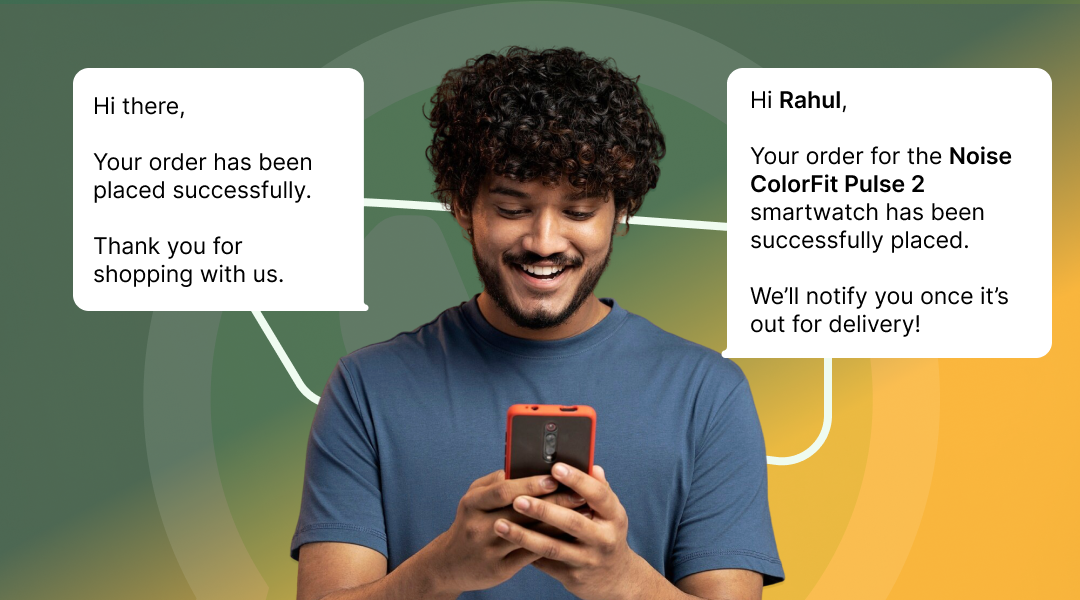
WhatsEra’s Approach vs. Others
Provider | Meta’s Official Prices | Markup Charged? | Special Features |
|---|---|---|---|
WhatsEra | Yes | No | Enhanced support & tools |
Some others | Yes | Sometimes Yes | May add hidden fees/markup |
Cost Optimization Tips for the New WhatsApp API Model
- Send utility messages inside the 24-hour window to avoid extra charges.
- Use message templates smartly: Only for important, approved communications.
- Segment your contacts: Target only interested users to cut costs and boost results.
- Leverage WhatsEra’s chatbots: Automate common tasks and replies within the free window.
- Track your usage: WhatsEra provides clear billing reports so you always know your spend.
Summary Table: Old vs. New WhatsApp API Pricing
Feature | Old Model (Pre-July 2025) | New Model (From July 1, 2025) |
|---|---|---|
Billing Base | Per 24-hour conversation window | Per message sent |
Service/Support Msgs | Paid, then later made free | Free replies and utility in window |
Marketing Msgs | Paid per conversation | Paid per message |
Utility Msgs | Paid per conversation | Free in 24-hour window, paid outside |
Authentication Msgs | Paid per conversation | Paid per message |
With WhatsEra, you always pay only the official WhatsApp API rates set by Meta—there are NO markups or extra charges.
If you want a personalized quote or guidance on which plan fits best, reach out to WhatsEra’s support team. They’ll make WhatsApp billing simple and cost-effective for your business!

Getting Started with WhatsApp API through WhatsEra
Integrating the WhatsApp API might seem daunting, but with WhatsEra, the process is streamlined and supported.
Prerequisites for WhatsApp API Access
Before you can start using the WhatsApp API, you'll need a few things in place:
- Facebook Business Manager Account: Your business needs to be verified through Facebook Business Manager.
- WhatsApp Business Account: You'll set up a WhatsApp Business Account within your Business Manager.
- A Verified Phone Number: This number will be dedicated to your WhatsApp API communication and cannot be used with the WhatsApp Business App or personal WhatsApp.
Seamless Integration with WhatsEra's Platform
WhatsEra simplifies the entire onboarding and integration process. As an authorized Tech Provider of Meta, we handle the technical complexities, allowing you to focus on your marketing strategy.
Our platform offers:
- Guided Setup: We walk you through each step of setting up your WhatsApp Business API account.
- User-Friendly Interface: Manage your campaigns, templates, and contacts with ease through our intuitive dashboard.
- API Documentation (for developers): If you have an in-house development team, we provide comprehensive documentation for seamless integration with your existing systems.
- Robust Automation Tools: Leverage our built-in features for chatbots, automated workflows, and bulk messaging.
Need help setting up your WhatsApp API integration? Our experts at WhatsEra are here to assist you every step of the way. connect

Best Practices for WhatsApp API Campaigns
To ensure your WhatsApp API campaigns are successful and compliant:
- Obtain Clear Opt-Ins: Always get explicit permission from users before sending them messages. This is crucial for compliance and maintaining a positive sender reputation.
- Adhere to WhatsApp Commerce Policy: Familiarize yourself with WhatsApp's policies to avoid account restrictions.
- Craft Engaging Messages: Keep messages concise, relevant, and personalized. Use rich media and interactive elements to boost engagement.
- Monitor and Analyze: Track your message delivery rates, read receipts, and customer responses. Use these insights to refine your strategies.
Conclusion: Your Partner in WhatsApp Marketing Automation
The WhatsApp API is more than just a messaging tool; it's a powerful engine for marketing automation, customer support, and sales growth. By enabling personalized, scalable, and automated communication, it allows businesses to meet customers where they are, build stronger relationships, and drive conversions.
At WhatsEra, we are committed to helping businesses like yours harness the full potential of the WhatsApp API. From simplifying the integration process to providing advanced automation tools and dedicated support, we are your trusted partner in navigating the world of WhatsApp marketing.
Ready to revolutionize your customer communication and marketing efforts? Explore WhatsEra's WhatsApp Marketing Automation Solutions and see how our platform can help you harness the full power of the WhatsApp API for your business.
Want to see the WhatsApp API in action? Request a free demo of WhatsEra's platform and discover its potential. Need Demo
